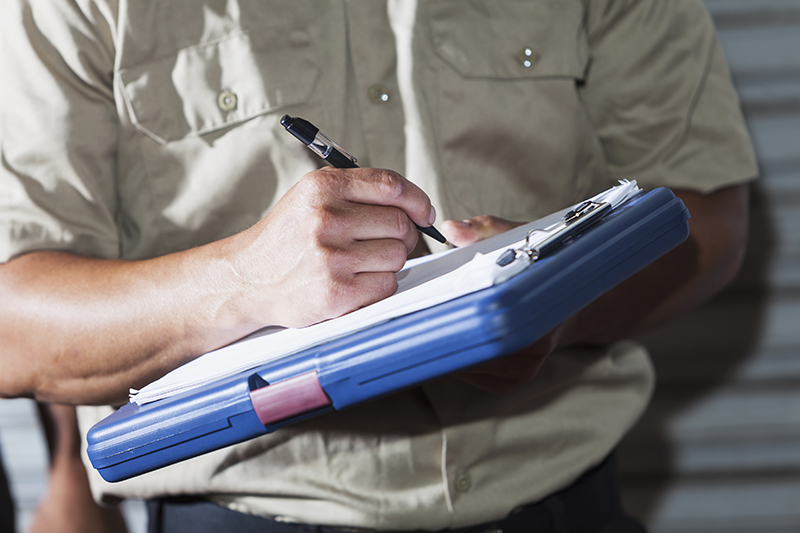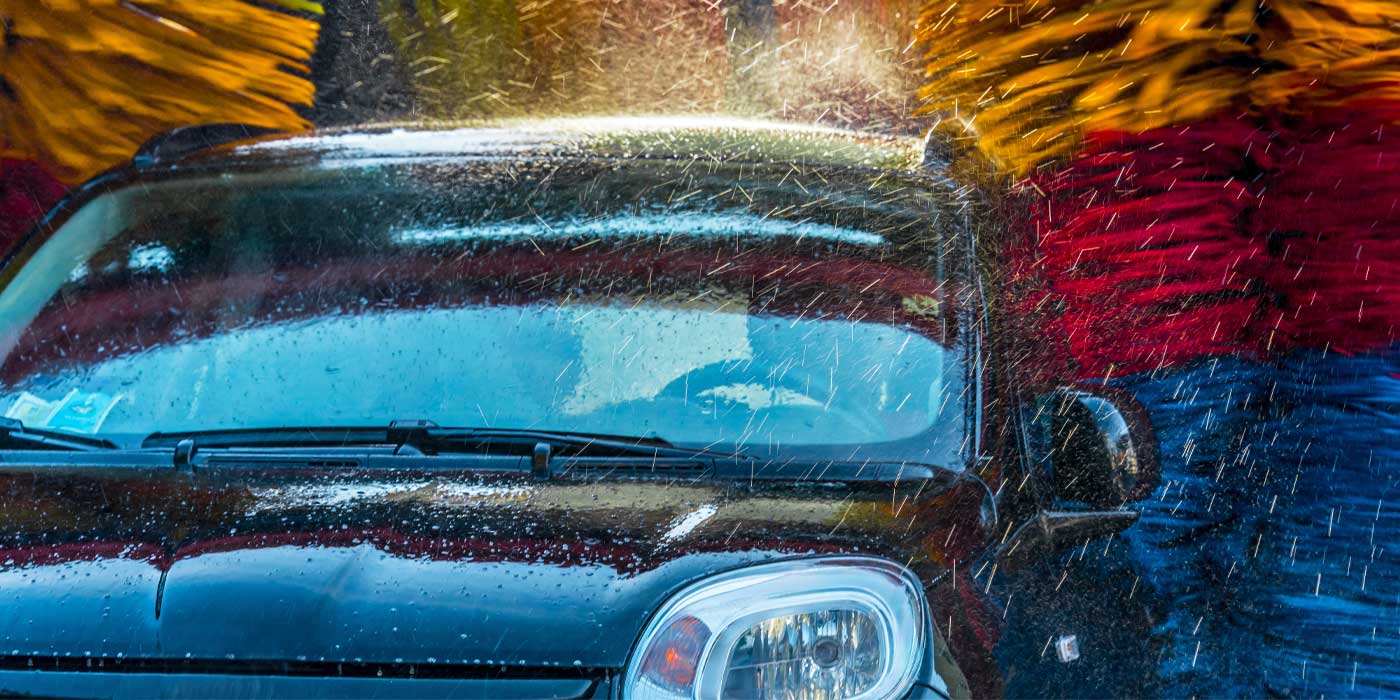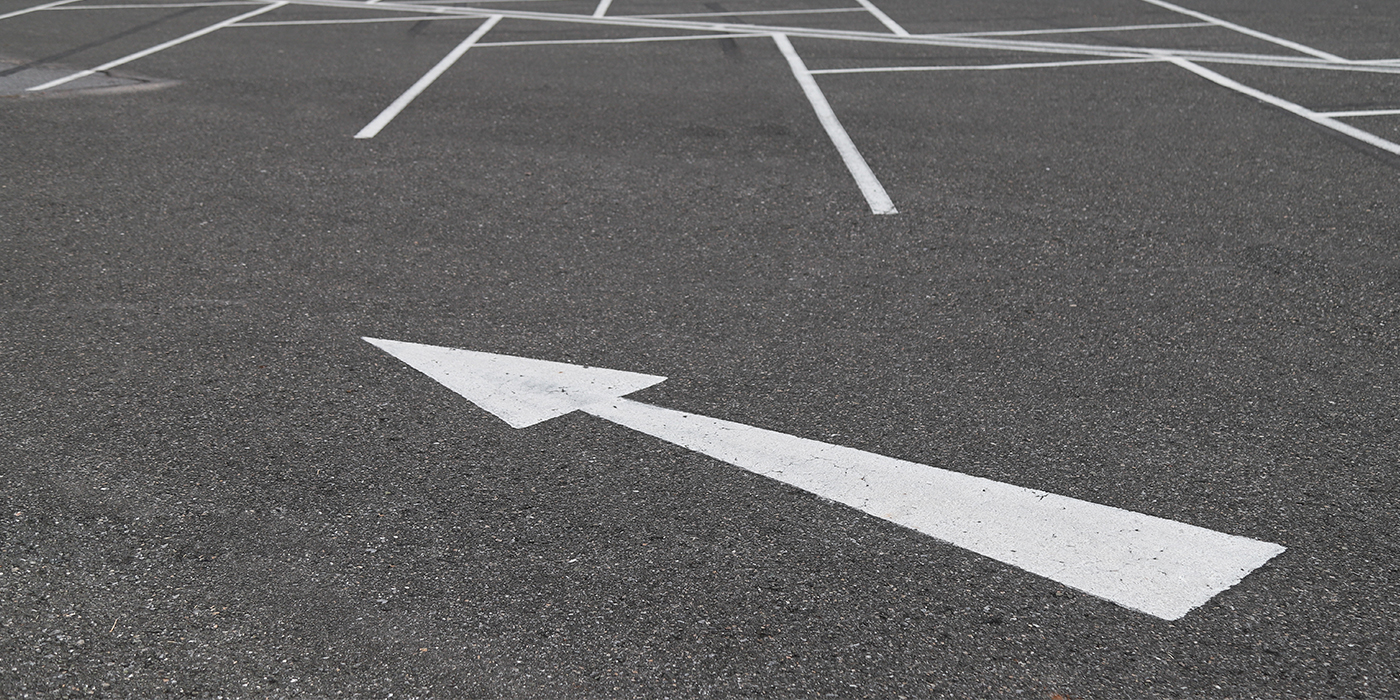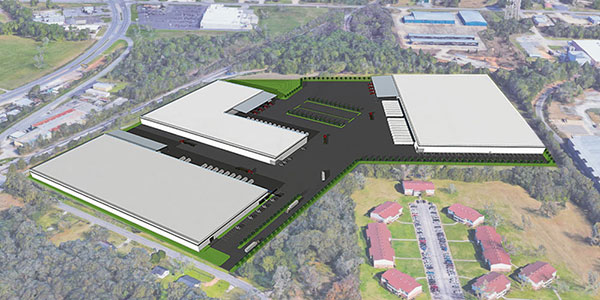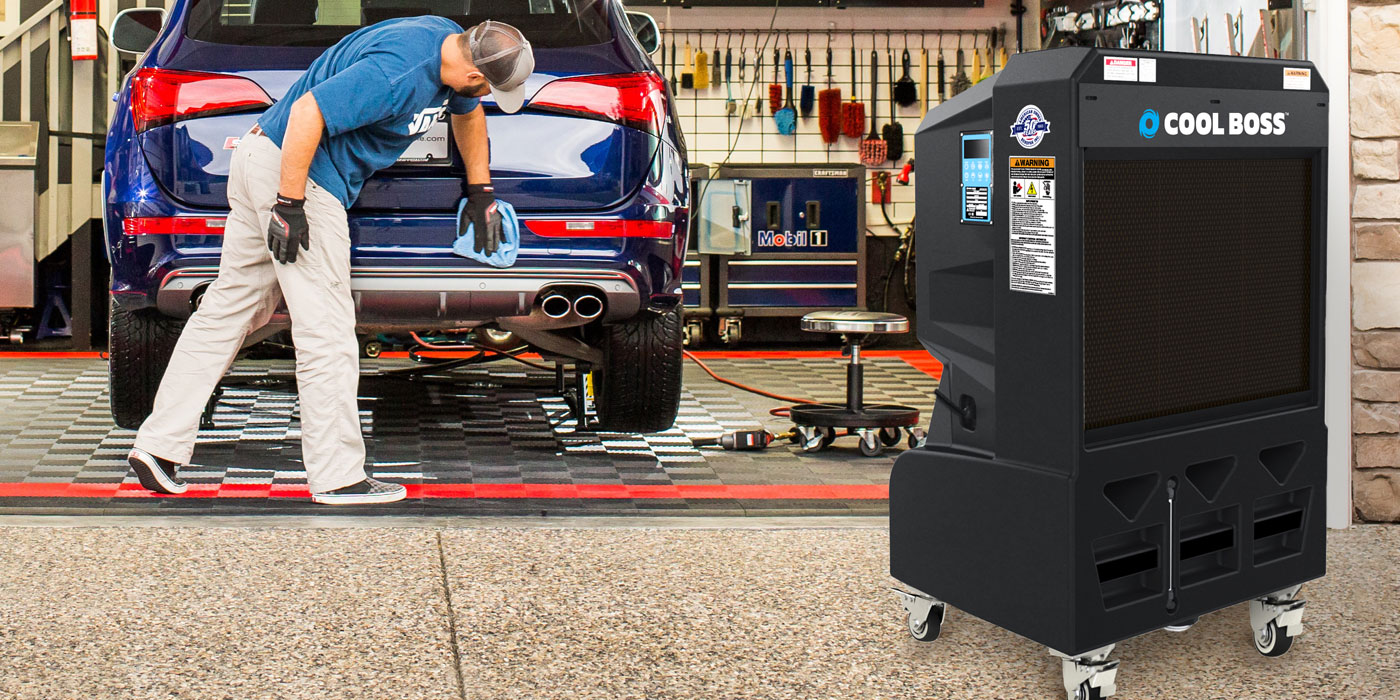Maintenance is essential for a productive and profitable carwash. But, with the myriad of components, it can be difficult to know what needs your attention — and when.
First and foremost, to be a successful carwash owner and operator, it is important to think proactively, not reactively, in terms of operating a profitable business. Proactive thinking reduces the likelihood of unexpected situations, such as wash shutdowns, and ensures that repeat customers can continue to depend on your reliable and efficient service.
“Perform maintenance on time, every time — and don’t take shortcuts,” says Mike Lemmen, director of carwash operations at Tommy Car Wash Systems. After all, there’s nothing worse than closing your carwash on a busy day. Not only will your customers be unhappy, but your profits will also go down the road to your competitor.
While there is not a one-size-fits-all maintenance schedule for all carwashes, there are general guidelines that can be applied. Across multiple interviews with industry experts, Professional Carwashing & Detailing has put together a suggested routine to help build your maintenance schedule.
To perfect a routine that works best for your carwash, examine the manuals provided with your equipment, or speak with your supplier to obtain specific instructions applicable to your wash.
Daily routine
Run a test wash (also called a ghost wash or wet down) without a vehicle present at least 30 minutes before your carwash opens. “This procedure gets the brushes lubricated and allows you to spot a drip or leak,” says Lemmen.
Next, perform a test wash with a vehicle present and walk through with the vehicle. A visual inspection will determine if the brushes are touching the vehicle and how the soap is being applied, and it ensures that systems like timing, brushes and soap application are working properly. As you walk through the wash, make note of any suspicious equipment that can be further analyzed that evening or during weekly preventative maintenance.
Related: Formulating carwash chemistry
“Very often, carwash owners forget that we are asking our customers to trust … that we will produce a clean, dry and shiny car for them — but we forget that we must present our washes as a place that will do just that,” notes Ted Maier, South Texas direct sales for Mark VII Equipment Inc.
Along with a visual inspection of the carwash equipment, performing maintenance procedures similar to this suggested list on a daily basis will help you keep your wash in check.
General site and building
- Clean the walls.
- Hose the floor.
- Check drains and clean them.
- Store tools and equipment (like hoses).
- Check in-bay light fixtures and exterior lights. Are you showing off your nice facility?
- Check entrance and exit signs. Are they clear and tatter-free?
- Check equipment for air leaks.
- Check for water leaks.
- Check extra service light bars.
- Check and clean entrance mirrors.
- Check heaters and the thermostat.
Pay stations
- Check the lights.
- Check the viewing screen.
- Check the keypad.
- Check the voice module.
- Check the intercom system.
- Is the validator working?
- Is the credit card reader in working order? Is it free of obstructions?
Conveyor and guide rail
- Check the correlator.
- Check the entry and exit dolly gates.
Soaker
- Check all hoses and fittings for leaks.
- Check for plugged nozzles.
- Check for complete coverage.
- Check the water flow and direction.
Foaming arches
- Check for plugged nozzles.
- Check for complete coverage.
- Check the detergent levels.
- Check for water and chemical leaks.
- Check for air leaks.
- Inspect the foam generators.
Wheel cleaner
- Hose down the cloth.
- Check for damage.
- Check for plugged nozzles.
- Check water lines.
- Check for oil leaks.
- Inspect mounting bolts.
- Check the tension spring.
Friction curtains
- Hose down the cloth.
- Check for damage.
- Check for plugged nozzles.
- Check water lines.
- Check for hydraulic oil leaks.
- Inspect mounting bolts.
- Check for loose clips.
Blowers
- Check all mounting brackets and bolts.
- Check the top blower oscillation.
Daily closing routine
When the last couple of cars for the day enter the wash, walk through with the vehicle. Keep your eyes and ears open for anything unusual. As needed, make repairs or order parts.
Finally, when you are done for the day, performing a closing preventative maintenance similar to this suggested list will help keep you on track to manage a successful operation the following day:
- Check and transfer detergents.
- Inspect barrels and tanks.
- Monitor detergent use. Has consumption spiked, or has use decreased not related to wash volume?
- Check for worn nozzles, open check valves and order parts, if needed.
- Check the water softener salt levels and fill, if needed.
- Check equipment for damage, and replace parts or order new ones, if needed.
- Start cleaning the site a few hours before you are set to close, including:
- Taking out the trash
- Emptying vacuums
- Cleaning the lobby (sweeping or vacuuming and cleaning the beverage/snack area)
- Cleaning bathrooms and windows.
- Turn off and drain air compressors.
- Inspect and clean filters and strainers.
- Turn off anything that isn’t necessary.
- Turn on your security system.
Involve your employees in this process. The more often you involve your employees in routine checks, the more knowledgeable they will become about the wash and the better equipped they will be to handle equipment mishaps in the future.
Weekly routine
General site and building
- Drain the air compressor.
Conveyor
- Grease conveyors at the entrance and exit.
- Clean the proximity switch.
- Check rails for wear.
- Grease dollies.
- Grease the idler roller shaft.
- Grease roller up bearings.
Wheel cleaner
- Grease bearings.
Friction curtains
- Grease the fittings on mitter pivot arms.
Monthly routine
General
- On electric motors, grease the bearings (quarterly).
- Check electric motors for abnormal vibrations.
- Grease correlator bearings on the conveyor.
- Disable foam generators on foaming arches (quarterly).
- On friction curtains, check the oil gear box.
- On blowers, grease the top blower.
Pay stations
- Clean the auto cashier with glass cleaner. Do not use abrasive cleaners, as it will damage the machine.
- Check coins to ensure there are no unwanted items in the mix (paperclips, strings, etc.).
- Empty tokens/coins, and clean the sensor and pinwheel.
Yearly routine
General
- Replace the filter on the hydraulic unit.
- On blowers, grease all motor bearings.
Pay stations
- Remove the validator, and ship it to your service center for inspection and/or repair.
Climate specifics
Depending on where your business is located, your carwash may need additional climate-specific maintenance. For example, if your business is located in a climate that experiences cold temperatures where snow and ice are present, ask yourself the following questions and add to your maintenance list:
- Is the entrance and exit clear of ice and snow?
- Are all the heaters working properly?
- Do you have enough snow melt and/or rock salt?
- Perform a snow blower tune-up before the first expected snowfall.
Alternatively, if your business is located in an area of extreme heat, check components that can warp or become brittle in heat, such as wraparounds with a flex coupler.
“These pieces of equipment, when exposed to heat, can be compromised sooner, making this component an add-on in a yearly routine in high-heat areas,” adds Lemmen.
Don’t forget pay stations
While perfecting your maintenance routines, don’t forget pay stations, if applicable. One of “the most overlooked [parts] of a carwash is the pay station. Without these vital entry components, your wash can’t do its job,” according to Scott Adair, senior technician at Hamilton Manufacturing.
According to Adair, the most common component of a pay station to break is the validator, due to a buildup of dirt, ink and oil, so it’s worth keeping a spare handy. If the validator breaks and you don’t have a replacement, you are closed until it’s fixed. “Oftentimes, new customers don’t know how to use the machine and will often put money or other objects into the incorrect slot, causing damage or preventing the next customer from using the machine,” adds Adair.
Once you have honed a maintenance list for your site, take the time to document the entire program in every detail and make a checklist from which you can train employees. Checkboxes make it difficult to argue ownership and actual completion.
Kristen Corbisiero is a freelance writer, project manager, social media manager as well as former managing editor for Professional Carwashing & Detailing magazine. Kristen lives in Niskayuna, New York, with her family. She can be reached at [email protected] or (518) 635-0375.

